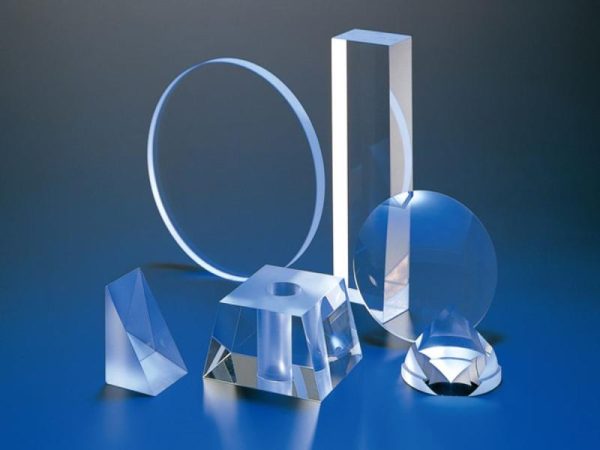
Compared with other low-expansion quartz glasses, SiO2-TiO2 quartz glass has a lower thermal expansion coefficient, and can even achieve zero expansion or negative expansion within a certain temperature range. Therefore, titanium-doped quartz glass is also called ultra-low expansion quartz glass. Ultra-low expansion quartz glass has an extremely low thermal expansion coefficient and is a key material in high-tech fields such as optical components for semiconductor lithography equipment, astronomical telescope reflectors, and atomic clock cavities.
Preparation method of ultra-low expansion quartz glass
Chemical vapor deposition method
Direct synthesis method is also called chemical vapor deposition (CVD) method. The main principles of plasma chemical vapor deposition (PVCD), out-of-tube vapor deposition and vapor axial deposition (VAD) are all based on vapor deposition.
The preparation of SiO2-TiO2 glass by chemical vapor deposition can avoid the introduction of metal impurities to a certain extent, but due to the participation of water vapor in the reaction process, the hydroxyl content in the SiO2-TiO2 glass prepared by this method is high and difficult to control.
Indirect synthesis method
Vapor axial deposition method and out-of-tube vapor deposition method are both indirect synthesis methods. The principles of the two are the same. The main difference lies in the different arrangements of the burner and the deposition body. Among them, the arrangement of the deposition body in the VAD method is vertical, and the burner is fixed at the bottom to align the bottom end face of the deposition body for deposition; the deposition body of the OVD method is horizontal, and the burner reciprocates during the deposition of the loose body.
Sol-gel method
The sol-gel method is to use silicon-containing compounds and titanium-containing compounds (such as silane and titanate solution) to undergo hydrolysis reaction in an aqueous medium, condense and polymerize to form SiO2-TiO2 sol, then age the sol to form SiO2-TiO2 gel, dry the SiO2-TiO2 gel to form a porous SiO2-TiO2 body, and finally heat the SiO2-TiO2 body to form SiO2-TiO2 glass.
Application of ultra-low expansion quartz glass
Semiconductor field
In recent years, with the development of semiconductor integrated circuits, the photolithography process for manufacturing semiconductor devices has also improved. With the market’s increasing demand for the precision of semiconductor devices, semiconductor photolithography processes have developed towards extreme ultraviolet photolithography. Extreme ultraviolet photolithography must use a reflective multilayer stacking system as a photomask, but the multilayer stacking method results in a low maximum reflectivity of the photomask. The radiation that is not reflected is absorbed by the photomask and then transmitted to the photomask substrate in the form of heat, resulting in an increase in the overall temperature of the photomask. As the use time increases, the heat accumulates continuously, which can cause the deformation of the photomask in severe cases. Slight deformation will lead to imaging errors on the irradiated wafer, causing serious economic losses in the chip production process. Selecting ultra-low expansion glass with a thermal expansion coefficient close to zero can effectively avoid deformation.
Aerospace field
In the fields of aerospace and astronomy, reflective optical components are required to have highly lightweight characteristics and be able to maintain their surface accuracy when the temperature fluctuates. In view of its excellent thermal stability, good weldability and extremely high deformation resistance, SiO2-TiO2 glass is an ideal material for preparing reflectors. It can cope with a variety of extreme use environments and plays an irreplaceable role in the defense industry, aerospace and other fields.
